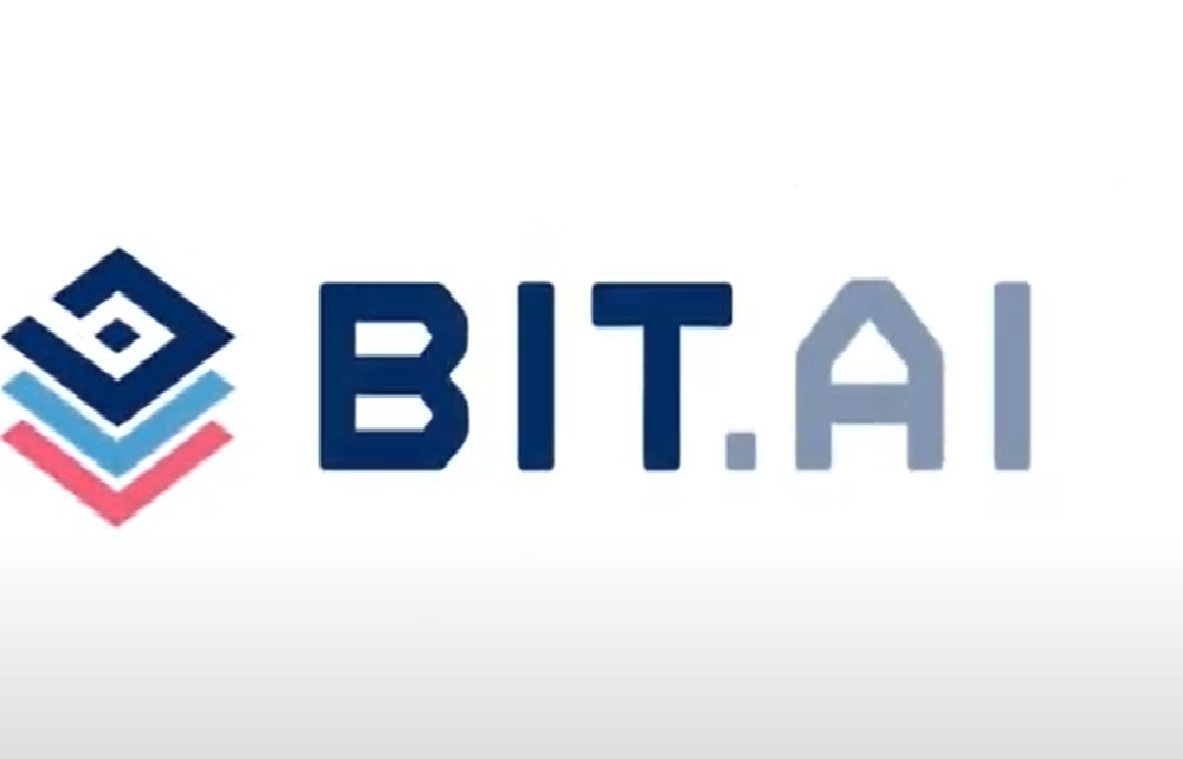What is Bit.ai and How Does it Work? Best Tips and Tricks For Educators
A content sharing and collaborating platform, Bit.ai brings educators and their students together.

Bit.ai is a document-sharing platform that allows students and educators to collaborate across shared multimedia documents.
Available for businesses and schools, Bit.ai is a helpful tool for educators looking to interact directly with student work and encourage collaborative learning. Whether students are working together in-class or after school, the tool can expand their ability to collaborate on the same project in real time.
Read on to find out everything you need to know about Bit.ai.
What is Bit.ai?
At its core, Bit.ai is a collaborative tool designed to facilitate the type of live collaboration that can occur on Google Drive documents. However, Bit.ai is not just limited to text and images.
Users can create documents that incorporate text and images, of course, but they can also add embedded videos, cloud files, music files, and more. Bit.ai integrates with nearly everything, from Google Drive to OneDrive and even apps such as Spotify. It even features a live chat function, so collaborators can discuss their projects.
Educators can use Bit.ai to set up different virtual classrooms through its “workspaces” function and add students to different ones. They can create interactive documents with visual web links, presentations, videos, social media posts, surveys, attachments, and more. Students can work together on these in real time.
Bit.ai also allows teachers to evaluate assignments, provide comments, and individual feedback to students. They can also get feedback on how students interacted with the learning material and how much time they spent on it.
Tools and ideas to transform education. Sign up below.
Teachers can create class folders, lesson plans, and then give students access to view, edit, or collaborate within documents.
How Does Bit.ai Work?
You can create a free Bit.ai account by going to the tool’s website and selecting the “Get Started for Free” tab in the upper right corner of the screen. To get the most out of the features, you’ll need to upgrade to a paid plan. However, you can get started right away creating collaborative “workspaces” in which you can share folders, documents, and various media files that can all be grouped together in an organized and visually appealing way on one landing page.
With the paid version you can invite students to be collaborators in your workspace, choosing whether you want them to be able to view and comment, or view comment and edit.
Bit.ai is web-based so can be accessed from desktops, laptops, phones, or tablets, allowing students and educators to collaborate on the same digital materials regardless of whether they are in class together or not.
How Much Does Bit.ai Cost?
Bit.ai’s free version allows for up to 5 people to collaborate on up to 50 documents.
The $8 per month plan allows for unlimited members and unlimited documents. Bit.ai also encourages educators to contact them to request educator pricing.
Best Bit.ai Tips and Tricks
Lesson Plans
Bit.ai can be used by educators to create detailed and interactive lesson plans. The platform makes it easy to create shared documents that incorporate multimedia from graphs and images to music and videos.
Use Bit.ai in Conjunction with Other Tools
One of the advantages of Bit.ai is that it can be used in conjunction with other tools that teachers frequently use in class. Bit.ai integrates with Google Drive and OneDrive as well as social media accounts such as YouTube, Facebook, and Twitter. So it’s easy to keep your projects visually appealing and engaging for students.
Collaborative Learning
Collaborative learning can lead to better student preparation for social and employment situations, and help them develop their communication, leadership, and higher-order thinking. Bit.ai is a perfect tool to help with this because of its emphasis on creating collaborative documents and resources.
Erik Ofgang is a Tech & Learning contributor. A journalist, author and educator, his work has appeared in The New York Times, the Washington Post, the Smithsonian, The Atlantic, and Associated Press. He currently teaches at Western Connecticut State University’s MFA program. While a staff writer at Connecticut Magazine he won a Society of Professional Journalism Award for his education reporting. He is interested in how humans learn and how technology can make that more effective.

